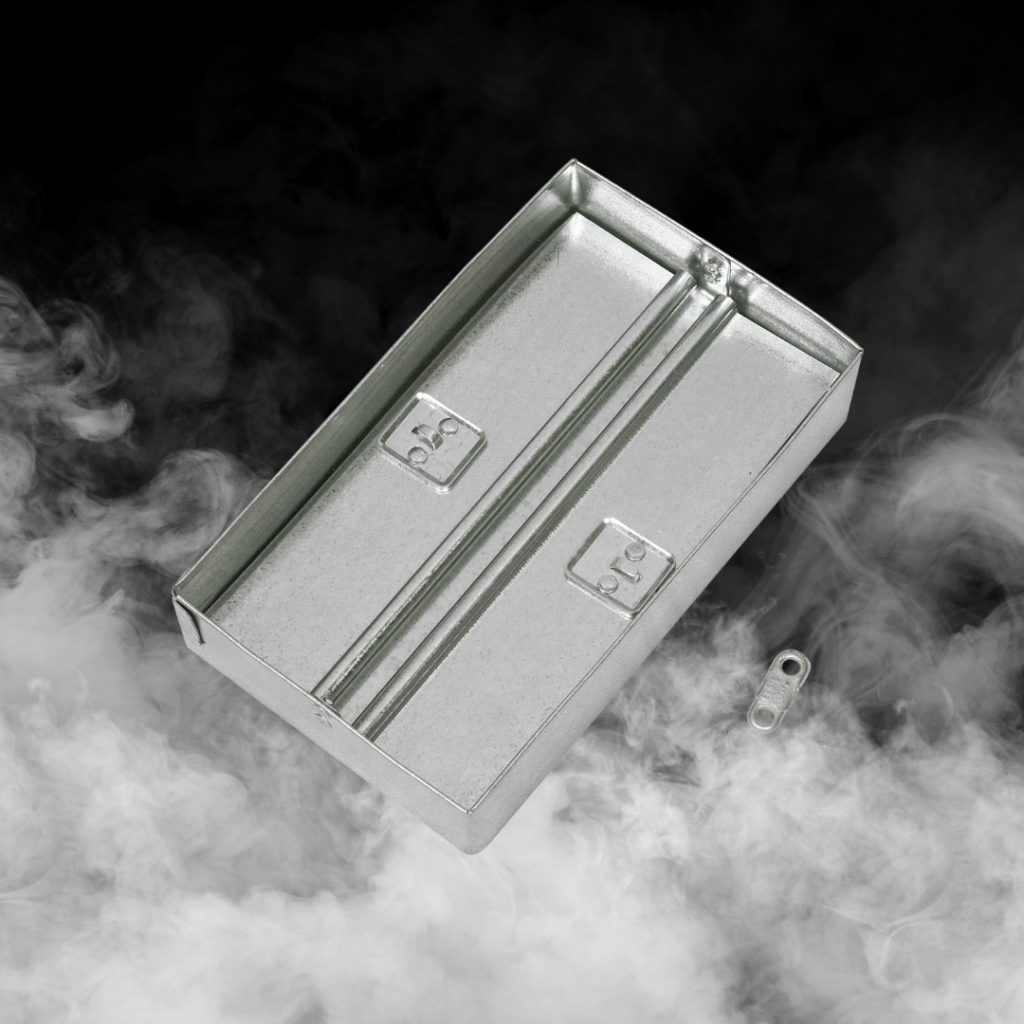
In the realm of building safety, adherence to regulations and codes is paramount. One crucial aspect often overlooked, yet fundamental in ensuring the well-being of occupants and the integrity of structures, is the installation of ceiling radiation dampers. These unassuming components play a pivotal role in fire safety, and their presence is not a matter of choice but of necessity for businesses. In this article, we delve into the reasons why compliance with ceiling radiation damper regulations should be a top priority for all enterprises.
Understanding the Basics – Ceiling Radiation Dampers
Before we dive into the “why,” let’s establish the “what.” Ceiling radiation dampers are specialized devices designed to prevent the spread of smoke and flames through HVAC ducts and openings in fire-rated ceilings or walls. They are part of a building’s passive fire protection system, working silently in the background until they are needed most.
Now, let’s explore why businesses should not take these unobtrusive yet crucial components lightly.
1. Fire Safety Compliance
First and foremost, compliance with fire safety codes and regulations is not optional; it’s a legal obligation. Authorities having jurisdiction (AHJs) require businesses to adhere to specific fire protection standards, including the installation of ceiling radiation dampers in certain building types and configurations.
Failure to comply with these regulations can result in fines, legal liabilities, and even the closure of the premises. It’s not merely a matter of avoiding penalties; it’s about safeguarding lives and property.
2. Smoke and Fire Containment
In the event of a fire, time is of the essence. Ceiling radiation dampers act as fire barriers within HVAC systems, preventing the rapid spread of smoke and flames from one part of a building to another. This containment can be the difference between a manageable incident and a catastrophic disaster.
Consider a multi-story office building with interconnected ductwork. Without dampers, a fire starting on one floor could quickly spread throughout the entire structure via the HVAC system. The installation of dampers compartmentalizes the fire, limiting its impact and allowing more time for evacuation and firefighting efforts.
3. Protection of Building Contents
Beyond the immediate safety of occupants, ceiling radiation dampers help protect valuable assets and business continuity. In many commercial settings, important documents, equipment, and inventory may be stored in different parts of the building.
The dampers help contain the fire, limiting the damage to specific areas and preventing the complete destruction of vital assets. This containment can translate into substantial cost savings for businesses, as it reduces the extent of repairs and replacement required.
4. Insurance Requirements
Insurance providers often require businesses to adhere to fire safety codes and standards to maintain coverage. Inadequate fire protection measures, including the absence of ceiling radiation dampers, can result in increased insurance premiums or even the denial of claims in the event of a fire-related incident.
By ensuring compliance with fire safety regulations, businesses not only reduce their insurance costs but also have the assurance that they will be adequately covered in case of an emergency.
5. Reputation and Trust
A commitment to safety is not only a legal and financial necessity but also a matter of reputation. Businesses that prioritize safety and comply with relevant regulations demonstrate their commitment to the well-being of their employees, customers, and the community at large.
Customers and partners are more likely to trust and engage with businesses that prioritize safety. It’s an intangible yet invaluable asset that can enhance a company’s brand and credibility.
6. Peace of Mind
Ultimately, compliance with fire safety codes and the installation of ceiling radiation dampers provide peace of mind for business owners and managers. Knowing that your premises are equipped with the necessary measures to mitigate the impact of a fire allows you to focus on your core operations without the constant worry of potential disasters.
7. Adaptability to Evolving Regulations
Fire safety regulations and codes are subject to change and updates. It’s vital for businesses to stay informed about these developments and adapt their safety measures accordingly. Regular inspections and maintenance of ceiling radiation dampers ensure they remain in compliance with the latest standards.
Incorporating Smart Technologies: The adoption of smart building technologies is revolutionizing the management and monitoring of ceiling radiation dampers. These systems offer real-time status updates, remote monitoring, and automated testing, enhancing the reliability and compliance of fire safety measures.
Safety is non-negotiable, and compliance with fire safety codes, including the installation of ceiling radiation dampers, should be a top priority for businesses. Beyond legal obligations, it’s about protecting lives, property, and reputation. It’s about ensuring that when a fire emergency strikes, you’re as prepared as possible.
Don’t wait for a fire to underscore the importance of compliance. Contact Lloyd Industries, your trusted partner in fire safety solutions, to ensure your business meets all necessary regulations. Together, let’s create safer environments for everyone. Your safety is our commitment.




